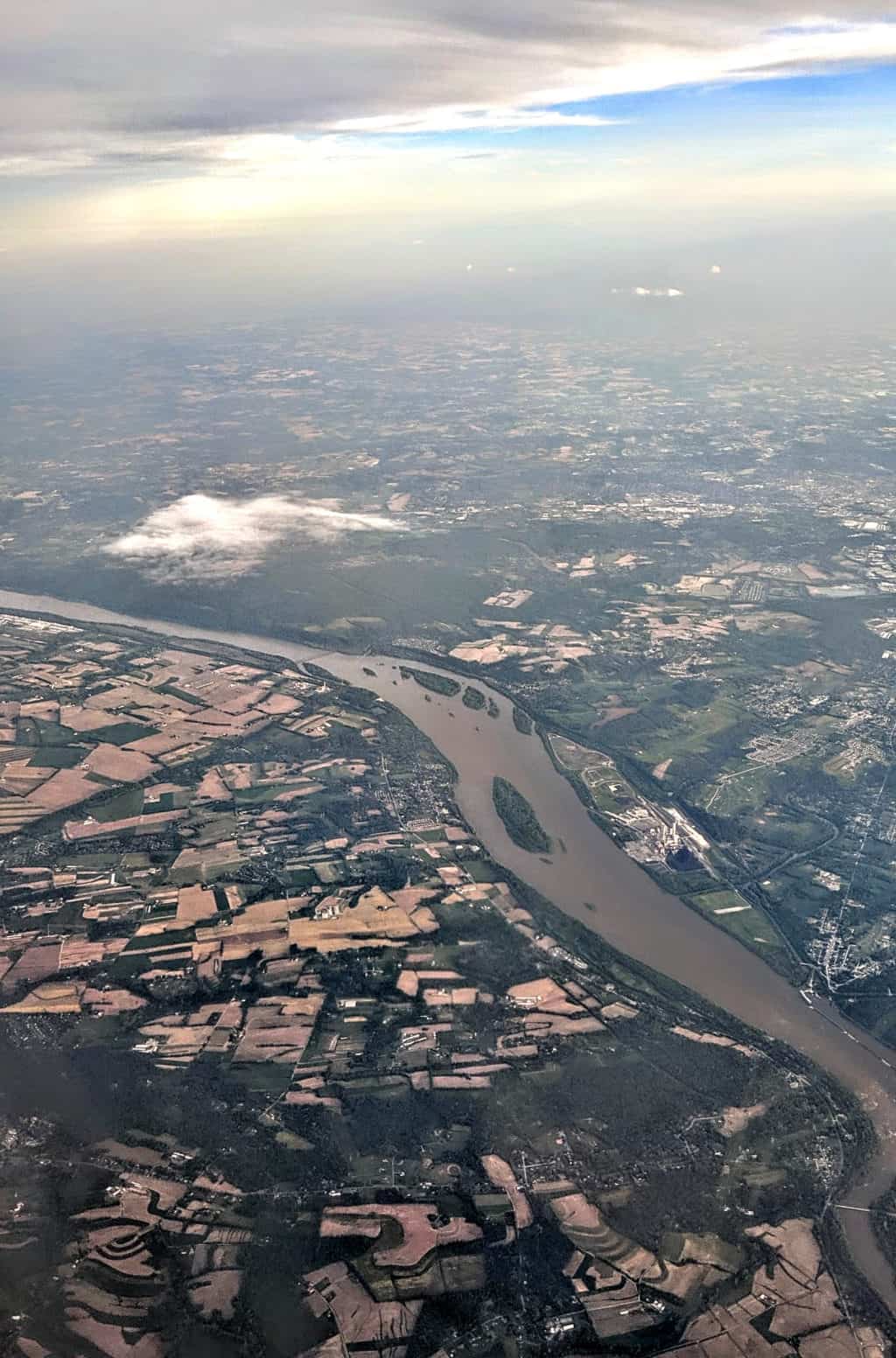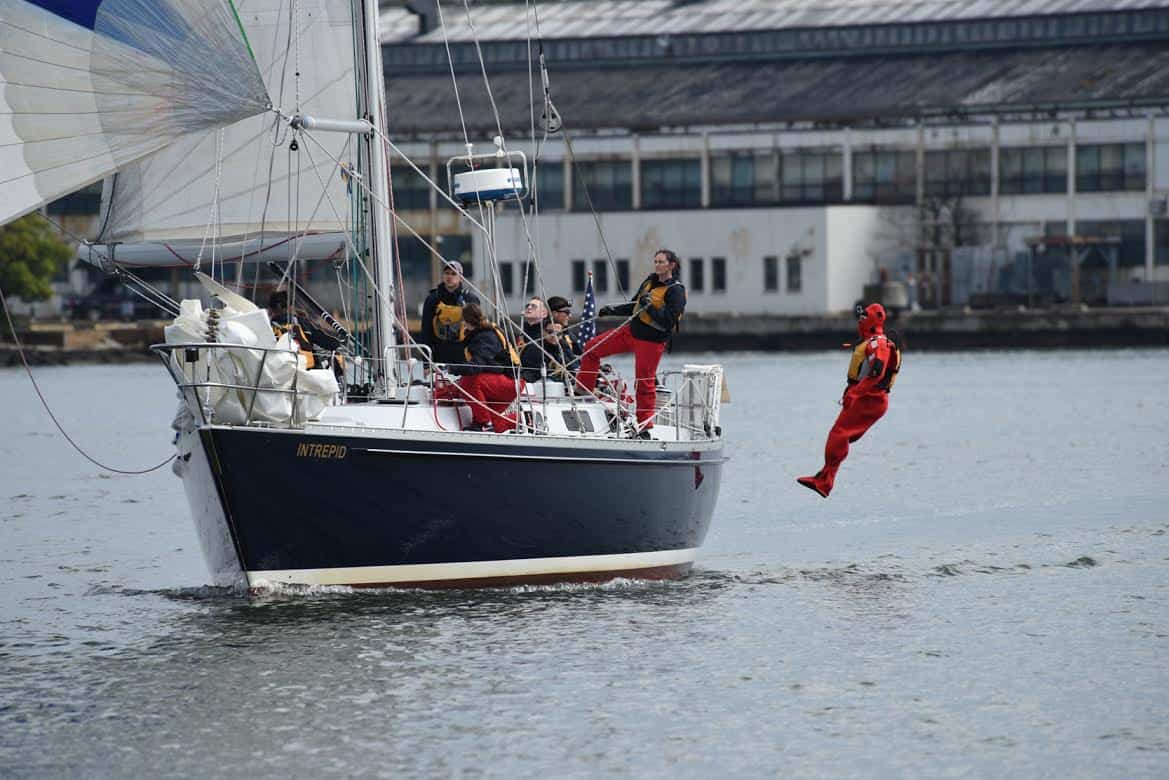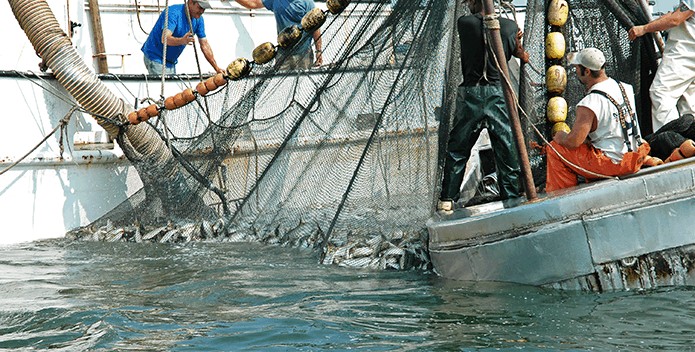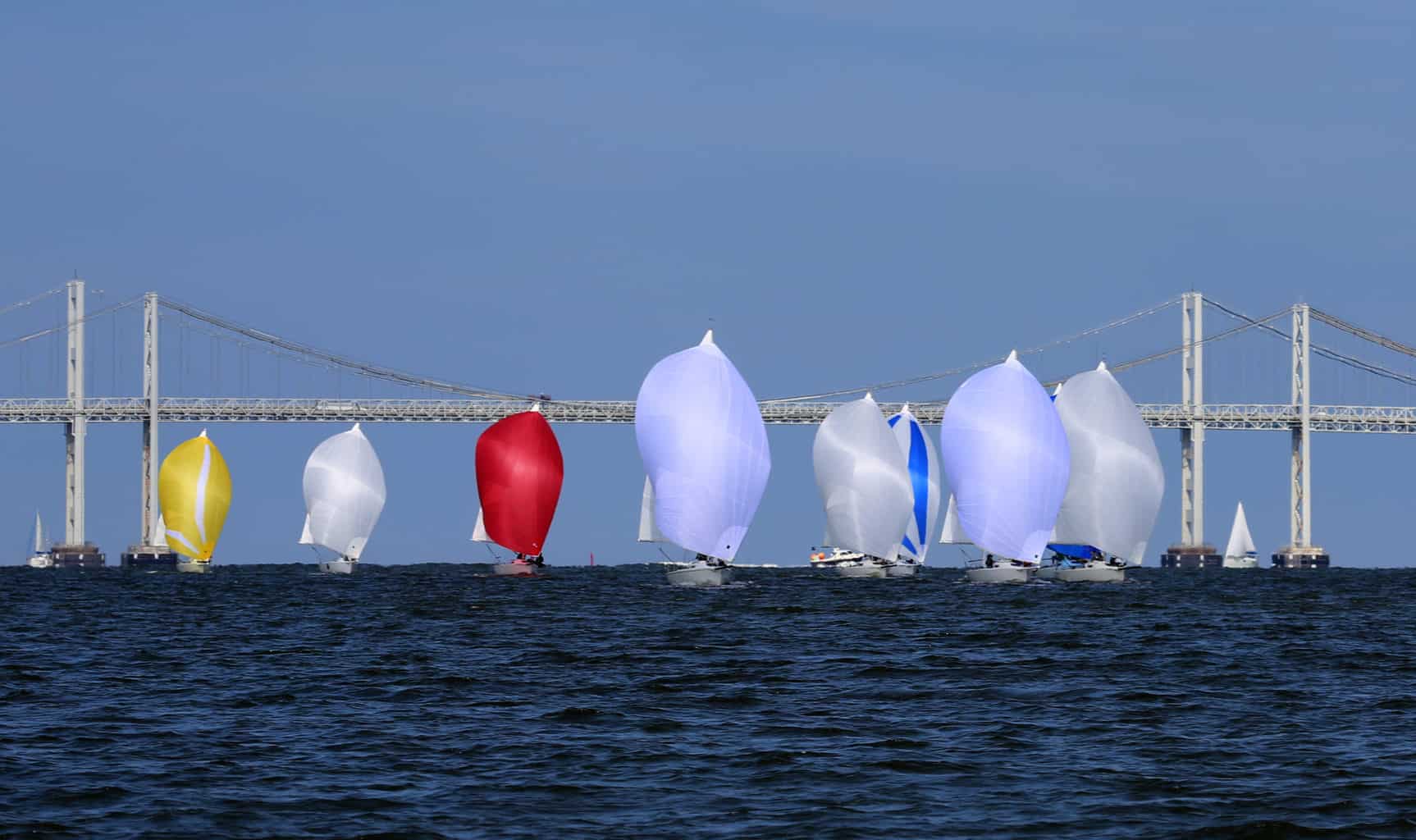The attorneys general of Maryland, Virginia and Washington, D.C., together with the Chesapeake Bay Foundation and other groups, intend to sue the U.S. Environmental Protection Agency (EPA) over enforcement of Bay water quality regulations.
Notices of Intent (NOI) announced Monday claim the EPA failed to enforce Pennsylvania and New York’s requirements within the Clean Water Act. In addition to the Bay Foundation and the three attorneys general, Anne Arundel County, Maryland, the Maryland Watermen’s Association, and Virginia farmer/conservationist Bobby Whitescarver are among those planning to sue.
Under the Chesapeake Bay’s Total Maximum Daily Load (TMDL), a pollution diet set by EPA’s Chesapeake Bay Program, each Bay state or jurisdiction must commit to certain nutrient reduction goals in order to reach a larger Bay restoration goal by 2025 across the watershed. Those reduction commitments must be submitted periodically as Watershed Implementation Plans.
At issue are the most recent plans submitted by the watershed’s two northernmost states, New York and Pennsylvania, which reportedly fall short of their commitments and haven’t faced any repercussions for it.
The Chesapeake Bay Foundation (CBF) says New York’s “nitrogen shortfall exceeded one million pounds annually and failed to adequately identify funding sources” to meet its agricultural and stormwater commitments. As for Pennsylvania, CBF says its latest plan is better than past plans, including its county-level priorities. But, the environmental group says, Pennsylvania’s plan would still only achieve about 73 percent of its nitrogen-reduction commitment, and is “underfunded by nearly $324 million a year.”
EPA must approve or reject each Watershed Implementation Plan, and is the only entity who can impose consequences on states that don’t meet their obligations. In this case, the partners in the Notice of Intent say EPA hasn’t held the upstream states accountable.
“We’re prepared to sue the EPA because it’s failing to enforce the law, walking away from its obligation,” says Washington, D.C. Attorney General Karl Racine.
Racine says without federal enforcement of the states’ pollution limits, it will be impossible to reach the goal of a restored Chesapeake Bay.
Once a Notice of Intent has been filed, EPA has 60 days to resolve the issue out of court before a lawsuit may be filed. CBF President Will Baker says it seems unlikely EPA will reverse course.
In a statement to Bay Bulletin, an EPA spokesperson says, “These claims [in the NOIs] are without merit. Since establishing the Chesapeake Bay TMDL in 2010, as part of a multi-state coalition, EPA has met all of its legal requirements with respect to the TMDL’s implementation, including its recent evaluation of the States’ and DC’s Phase III WIPs [Watershed Implementation Plans].”
EPA also says it’s securing more federal funds to prevent some of the nitrogen overload. In the same statement, the spokesperson announced “the availability of additional funding that will be used to address nonpoint contributions of nitrogen to the Bay.”
The agency stands by its fulfillment of its role in Chesapeake Bay Program:
“EPA has consistently provided the Bay States and the District with the resources and technical assistance they need to do the job and has maintained a steadfast commitment to meeting the TMDL’s goals and targets,” the statement reads.
As for CBF, Baker calls the Notice of Intent “a very last resort.”
“EPA holds the reins” in keeping Pennsylvania and New York accountable to their commitments, he says. “If it’s not done now, it may never be.”
-Meg Walburn Viviano




